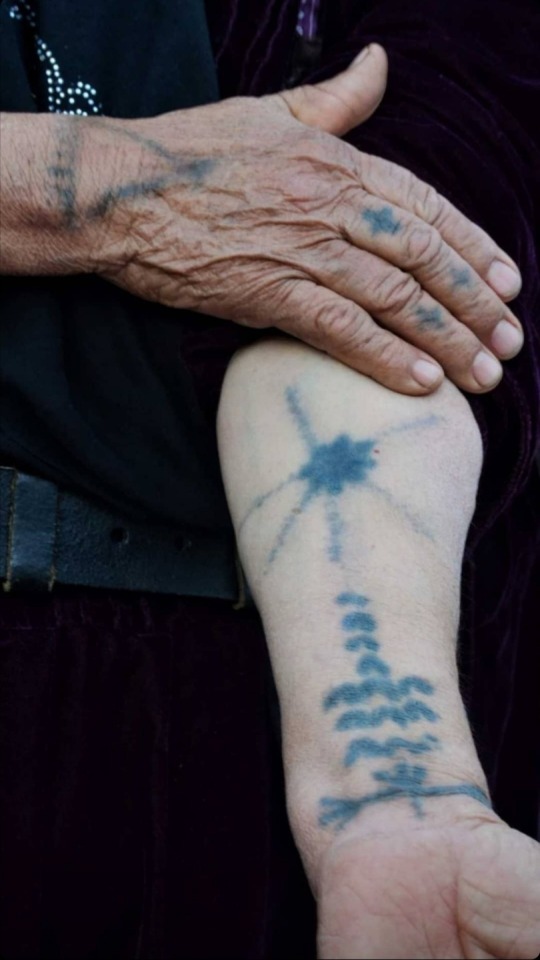#Berber tattooing
Explore tagged Tumblr posts
Text
Berber Tattooing: Exploring Amazigh Tattoo Culture and Moroccan Women’s Face Tattoos (Book)
Berber tattoos, also referred to as Amazigh tattoos, serve as a vibrant reflection of the diverse cultural heritage of North Africa's indigenous Berber population. These meticulously crafted and captivating tattoos transcend mere skin-deep artistry; they function as vessels embodying the rich tapestry of heritage, social standing, and personal narratives seamlessly interwoven into the very fabric of Berber identity.
With a historical lineage stretching back millennia, the Berber people have fostered a profound connection with the natural world. Within the realm of Berber tattoos, this deep affinity manifests through a striking array of symbolic depictions, each laden with profound meanings that resonate with life, belief systems, and pivotal moments.
Nature assumes a central role in the realm of Berber tattoos, where symbols bear the imprint of animals, plants, and celestial bodies. The towering palm tree, symbolizing strength, growth, and resilience, serves as a potent representation of life and prosperity deeply ingrained in Berber culture. Likewise, the snake, embodying a guardian spirit, symbolizes wisdom and healing, acting as a protective force against malevolent influences and ushering in good fortune.

Amazon Link: a.co/d/gRSF3Jy
Drawing from ancient Egyptian iconography, the Berber people adopted the Eye of Horus, a potent symbol believed to ward off evil and usher in good luck. Equally significant is the Hand of Fatima, an open palm that serves as a protective talisman against the evil eye and negative energies.
The Amazigh Cross, often referred to as the “Agadez Cross,” serves as a compass of sorts, offering guidance and orientation during travels and life’s journeys. In the vibrant world of Berber tattoos, women play a central role, embodying themes of fertility, femininity, and the enduring legacy of the tribe.
Berber tattoos are not mere embellishments; they are markers of life’s milestones and rites of passage. For young Berber girls, their first tattoos, often received during puberty, symbolize the transition into womanhood and eligibility for marriage. These tattoos bear not only ink but the weight of cultural identity and pride.
The complexity and number of tattoos worn can also signify an individual’s standing within the community. Leaders and elders, with their wealth of wisdom and life experiences, may display more intricate and elaborate tattoos.
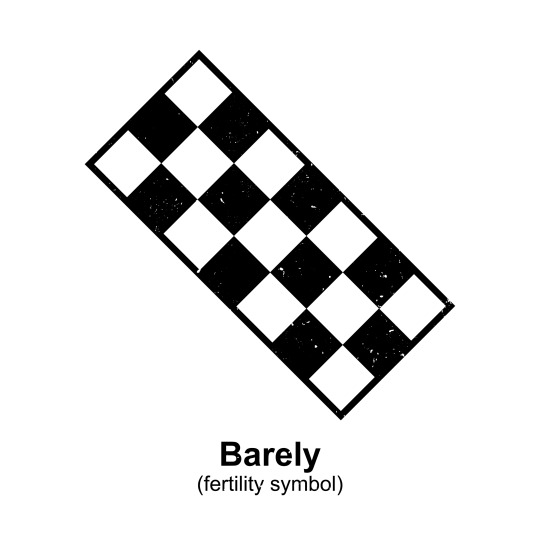

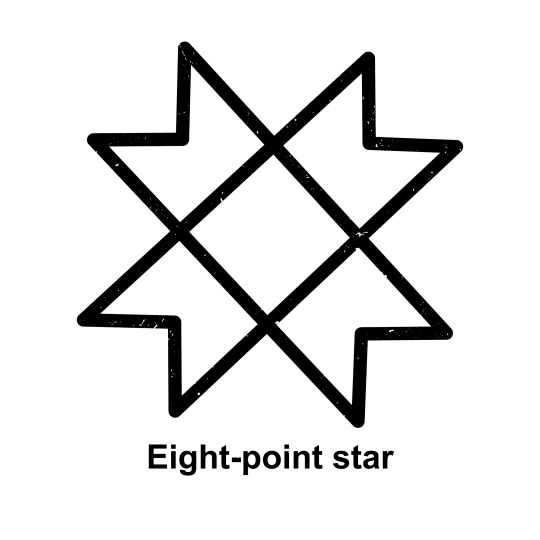

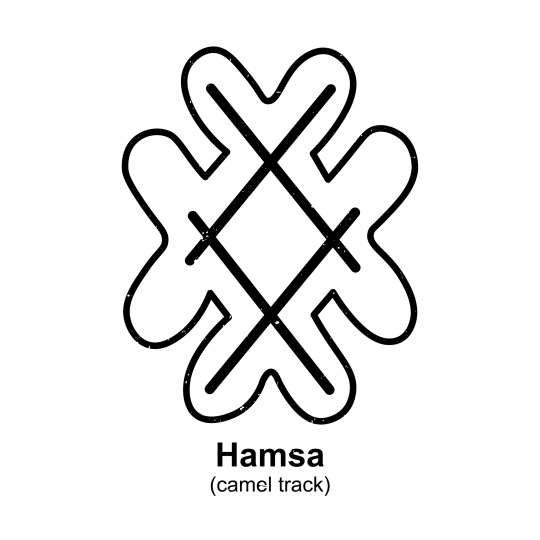

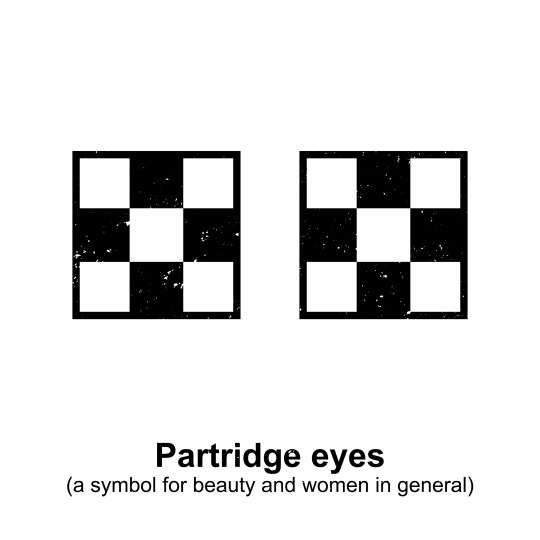

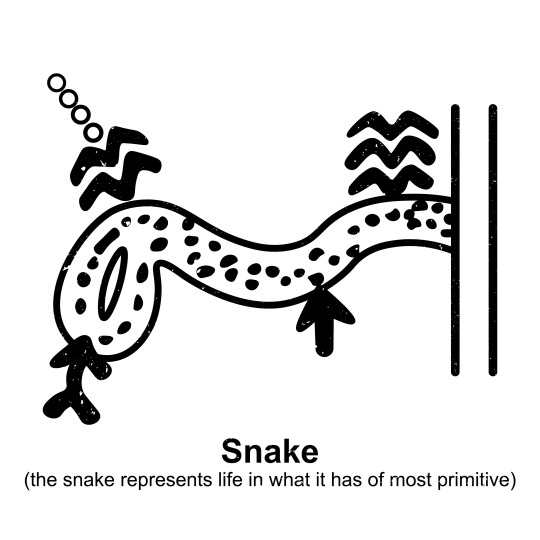
From “Berber Tattooing: Exploring Amazigh Tattoo Culture and Moroccan Women’s Face Tattoos”, illustrated by Mohammed Jiari
In recent times, there has been a renaissance of interest in Berber tattoos. Efforts to preserve and reinvigorate this ancient art form have borne fruit. Modern-day artists and tattoo enthusiasts explore the depths of Berber symbolism, infusing tradition with innovation to create contemporary designs that pay homage to the past.
This resurgence is not only about the art itself but also about nurturing cultural pride and identity among the Berber community. These timeless designs remain a vibrant and integral part of Berber heritage, ensuring that the symbolic meanings of Berber tattoos continue to thrive, enchanting and resonating with generations to come.



#africa#amazigh#berber#morocco#tattoo#tattoos#art#berber rug#Berber tattooing#maroc#marocco#berber tattoos#berber symbols#tattooing#kabyle#tribal tattoo#tribal art#african culture#african tribe#north africa#Berber Tattooing: in Morocco's Middle Atlas
32 notes
·
View notes
Text

A young Tunisian Amazigh woman
#tunisia#north africa#africa#amazigh#berber#maghreb#tunisian#photography#tattoos#traditional clothing#indigenous#indigenous peoples#black and white
20 notes
·
View notes
Text

Gaslight (the Great Houses), Gatekeep (Godhood), Girlboss (The Seven Trials)
[Carrd 🃏]
#llaila samarys#morrowind#the elder scrolls#Nerevarine#rpg#the elder scrolls morrowind#Fun fact:#Morrowind aesthetic reminds me of Morocco so when I made her I somewhat based her facial tattoo on Amazigh (Berber) tattoos
12 notes
·
View notes
Text
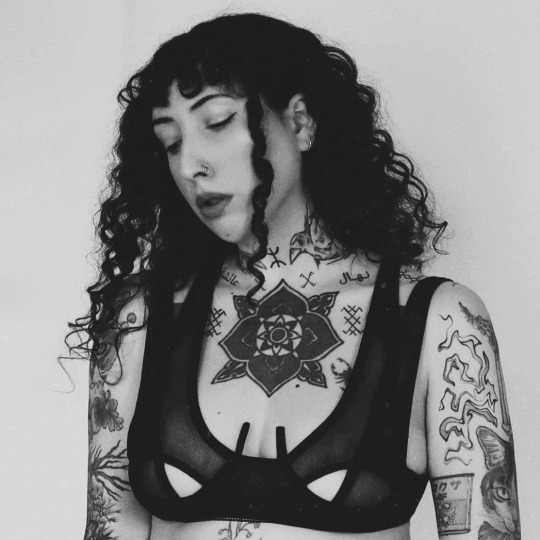
☾
#awoti#awomanontheinternet#aurelie sanhaji#a woman on the internet#tattoos#tattooed girls#inked#amazigh#berber
5 notes
·
View notes
Text
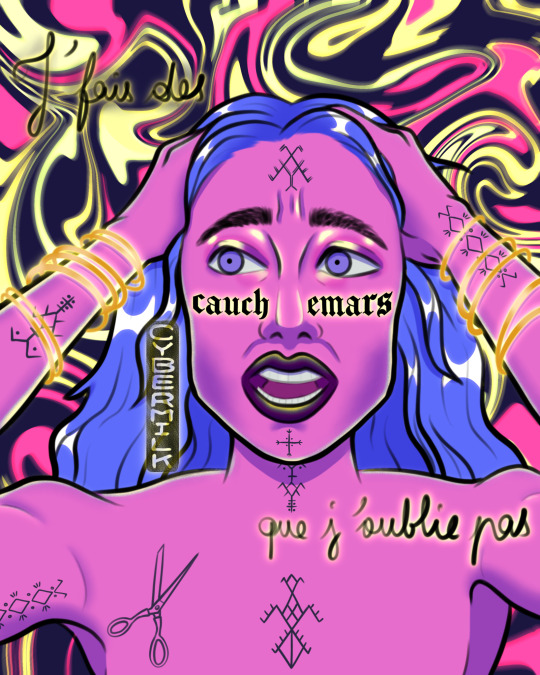
#amazigh#amazigh tattoo#berber tattoos#berber#algerian#illustration#cybermilk#digital art#artists on tumblr#art#drawing#digital drawing#portrait#study#illustrators on tumblr#expression study#creepy cute
2 notes
·
View notes
Text
We escape the heat of Marrakech and travel to the High Atlas. We visit the Kasbah of Telouet and get to know the culture of the Berbers during Ramadan when we break our fast.
#Atlas#Atlas Mointains#High Atlas#Dinner#Ramadan#Berber#Invitation#Breaking the fast#Glaoua-Berber#Glaoui clans#Henna tattoo#Dogs#Cooperative#Culture#Moroccan#Minerals#Olive oil#Passport#Stone desert#Telouet#Carpets#Thami El Glaoui#Zellijes
1 note
·
View note
Text

Odysseus and his girls idk
Design notes beneath the cut
Circe is inspired by minoan frescoes in her wardrobe, but her overall look is kind of "witchy surfer girl that smells of patchouli" as the main inspo lol since shes the daughter of Helios.
Penelope is supposed to be an ideal woman so she is largely inspired by minoan snake goddess/mycenean frescoes. very typical bronze age depiction of a woman. shes very ornate bc she doesnt move a lot. Lots of blue that is specific to Odysseus.
Calypso is supposed to be from the tyrian/carthaginian region (northwest africa) with berber inspiration for her face tattoos. lots of purple in her designs due to carthaginian inspo. All this is bc her father Atlas is believed to have etymology from North Africa/the Berber language (his name may come from "Adras" which is the word for mountain.)
Nausicaa is the least ornate bc shes unmarried, so she hasnt recieved a lot of gifts that would come from marriage like jewelry. she is dressed like the classical period, and has no makeup to show that she's younger than the other women. idk why shes a redhead i just like the idea. She'd be probably from modernday Corfu, which has associations to Artemis (which she also has!), and has the oldest Doric style temple, which added to her classical appearance.
Odysseus’ “prize” (read: sex slave) is from the neighboring cities around Troy, so she’s already not as ornate as the rest of his women as seen in her dress. girl was probably a goat herder before being taken as a prize. the metal she wears is bronze. her hair was shaven to indicate she’s a slave and i intend to redesign her to keep that shaven hair quality. Minoan frescoes are design inspo there.
Odysseus is just purely vibes based. His hair is wavy bc waves, with two noticeable scars from youth. Something about "despite everything, it's still you". The gems in his necklace are the same color as the bodice of Penelope's dress.
#odysseus#odyssey#penelope#circe#kirke#calypso#kalypso#nausikaa#nausicaa#the odyssey#homer#epic the musical#mature tag bc boobie woobies#my art#i snuck in the war prize from the iliad. i have many thoughts about her rn#iliad#the iliad#idk what else to tell u. muah
251 notes
·
View notes
Text
Source (Season 1 - March 12th 2022)
sambaschutte: Transforming into Roach👨🏾🍳🏴☠️ Gratitude goes to @dvidjenkins for allowing us to bring ourselves to our characters. When I met Christine Wada, costume designer extraordinaire, I told her I wanted Roach to have North-West African vibes to feature my Sahara roots. She came up with the talisman necklace and the sash around my waist✨And gave us small earrings because we’re supposed to be amateur pirates. True.☠️ When I met @nancyhennah, head of makeup (she did Lord of the Rings- no biggie), we went with these ancient Berber tattoos I had found. The diamond on the heart is for protection, the double triangular line on my wrist symbolizes the fly for awareness and the X figure on my arm symbolizes the Cockroach for survival. And that’s what I based the character on: roaches want to stay alive at all costs, and enjoy being pests to men🪳 @coolandgroovymakeup did my make-up everyday. I sat in that chair for up to 1.5 hrs to get the tattoos on and get covered in dirt and grime🖤 @everythingolajide had the easiest job doing my hair. The longest she spent was 3 minutes😂🙏🏾 I twisted my beard into 6 little curls to symbolize the legs of a cockroach🪳👀 The shoes and filthy apron completed the look. The apron gets bloodier as the show progresses, naturally🔪☠️ I’m so grateful to our entire team of creators, writers, directors and look departments for allowing me to rep some of my heritage and love for cooking❤️ Berber pirates would sail with the Spanish and in my head, Roach became the cook and surgeon to survive (you always need a cook) and somehow ended up in the Caribbean with this lot. How long will he survive? Only more episodes will tell.....👀🏴☠️🖤
139 notes
·
View notes
Text

Tattooed Jewish Berber girl, Morocco, c. 1930
13 notes
·
View notes
Text
Wordgirl lexicon culture headcanon:
Married men/women have tattoos( women have face tattoos like Polynesian/ Berber- Amazighs/ alskian inuit women).
Both genders have body tattoos that tell their clans.
Only warrior men are men who have 'full' face tattoos.
Only priests and married women/girls who hit puberty wear a bindi, purple for priests and red for women/girls).
Both genders wear jewelry(both wear rings, necklaces, bracelets, earrings, anklets, and both wear noserings[hoops for women and studs for men).
Married women cover their head/girls of marriageable age wear their hair up in braided- buns/or box braids, and young girls(3-11/13) wear their hair in plait- braids, or pixie cut, or a bob cut.
Toddler girls wear their hair in twin pigtails:


4 notes
·
View notes
Text
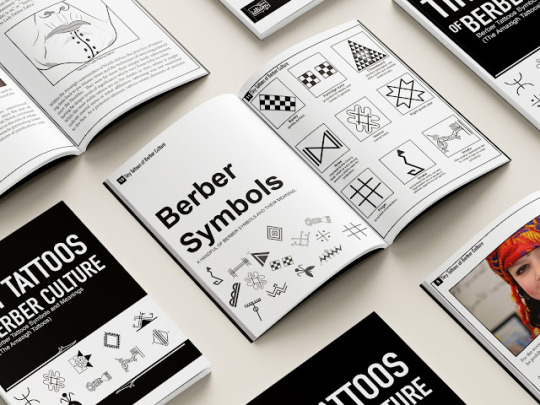
Tiny Tattoos of Berber Culture: A Window into Amazigh Symbolism and Tradition
"Tiny Tattoos of Berber Culture" offers readers an immersive journey into the world of Amazigh (Berber) tattooing, showcasing the timeless symbols and meanings behind this ancient art. This book provides a detailed exploration of Berber tattoos—known for their simplicity, beauty, and cultural depth—inviting readers to discover the stories and symbolism woven into each design. With captivating illustrations and clear descriptions, "Tiny Tattoos of Berber Culture" is a perfect guide for anyone interested in indigenous tattoo traditions and North African heritage.
Amazigh Tattooing: A Heritage of Identity and Symbolism
For centuries, Amazigh tattoos have been a profound form of expression and identity for the Berber people of North Africa. Traditionally, tattoos were applied to signify tribal affiliations, life milestones, or protective symbols. Each tattoo was carefully chosen, and its placement on the body was meaningful, from the face and hands to the neck. In "Tiny Tattoos of Berber Culture," readers will find how these tattoos are not only beautiful designs but also powerful cultural statements rooted in the Amazigh spirit.
Exploring Key Amazigh Symbols
The book offers insights into the key symbols that define Amazigh tattoo art, such as:
Triangles: Representing femininity, strength, and fertility, often used to honor women. Crosses and Stars: These geometric shapes symbolize protection and are emblematic of Amazigh spirituality. Dots and Lines: Simple yet profound, these elements carry meanings related to unity, community, and guidance.
Each chapter of "Tiny Tattoos of Berber Culture" provides illustrations and interpretations of these symbols, highlighting their significance and the meanings they hold for the Amazigh people.
Amazigh Tattoos Today
While traditional tattooing practices have become rare, the essence of these tattoos lives on. In recent years, Amazigh-inspired tattoos have found a new place in modern art, fashion, and body art, inspiring tattoo enthusiasts and artists worldwide. "Tiny Tattoos of Berber Culture" brings this cultural heritage to the forefront, celebrating how these tattoos continue to inspire people today, honoring a connection to ancient roots.
Why "Tiny Tattoos of Berber Culture" is a Must-Read



Whether you're a tattoo lover, an art enthusiast, or simply curious about indigenous cultures, "Tiny Tattoos of Berber Culture" provides a unique and authentic look into Amazigh tattoo traditions. Through its engaging visuals and insightful explanations, the book is a tribute to the rich tapestry of Amazigh art, heritage, and identity. It serves as both a cultural resource and an inspiration, making the intricate world of Berber tattoos accessible to all.
#africa#amazigh#art#berber rug#berber#morocco#tattoo#tattoos#kabyle#maroc#Tattooing#north africa#body art
2 notes
·
View notes
Text







Berber Amazigh tattoos ⵣ
15 notes
·
View notes
Text
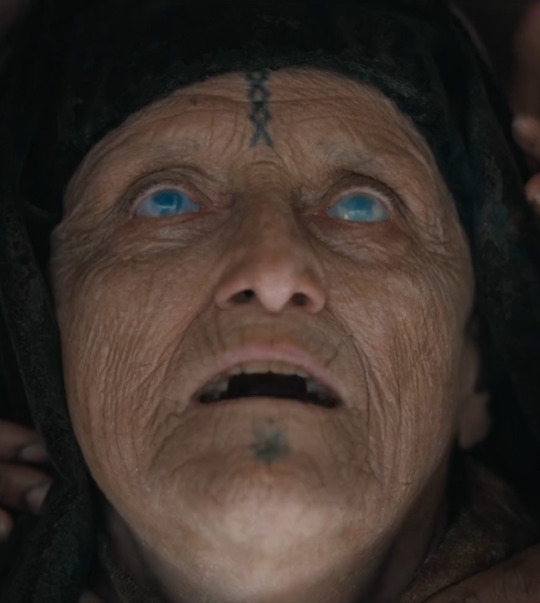
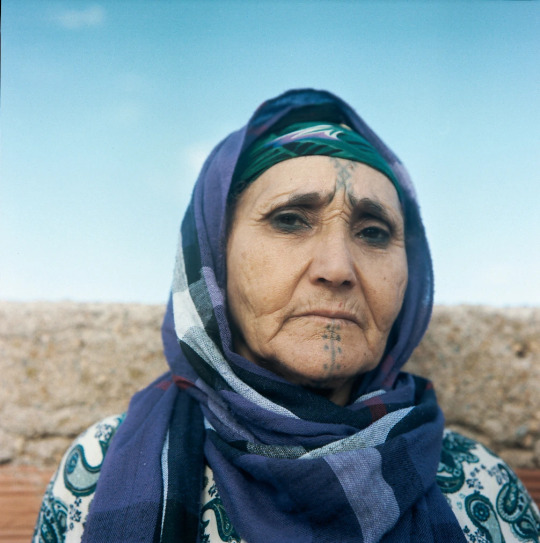
New Dune Pt 2 trailer dropped, and I couldn't help but notice how these tattoos look like traditional Berber tattoos... why does this make me so happy
#em: txt#listen#as a half berber#seeing that they took inspiration from north african natives just warms my heart#and IT MAKES SENSE#dune#dune part two
21 notes
·
View notes
Text
️️️️️️️️️️️️️ ️️️️️️️️️️️️️ ️️️️️️️️️️️️️ ️️️️️️️️️️️️️ ️️️️️️️️️️️️️ ️️️️️️️️️️️️️GET TO KNOW THE MUN
what's your phone wallpaper?: it's a pic of my dog
last song listened to: Wolf Womb by Holy Locust
currently reading: Honestly? I've been reading 'The Moss' which is a really good modern Naruto fanfic. I know, I know...
last movie: I'd consider Puparia a movie, idk I'm not the biggest movie person. Probably the Bob's Burgers movie with my friends lol. Do video essays count?
last show: Hell's Paradise
what are you wearing right now? a pink tank and some striped shorts
how tall are you? 161cm ( 5'3" )
piercings / tattoos? I have gauged earlobes and two lip piercings (medusa and eskimo) Tattoos I have a few. Some shapes on my knee and thigh, then a leaf, mushroom, the word 'breathe', a stickfigure, a mouse riding a balloon, a sun, a lil guy, a bell, an umbrella and the berber symbol for toad on my chest.And I have some fucked up lines on my should but never finished it lol...
glasses / contacts? none
last thing you ate? toast with chocolate cream
favorite color? ugh...since I'm somewhat of a hippie I'd want to say ALL OF THEM. But If I had to decide I'd pick orange, from the top of my head
current obsession: this and Naruto
do you have a crush right now? nah, I'm ploymaorous and happy with my partners , we're past the 'crush' times
favorite fictional character: Iorek Byrnison from The Golden Compass (book!) and the sand siblings from Naruto
last place you traveled: Augsburg for a concert...a place in Bavaria, Germany
tagged by @miercolaes tagging: everybody because I've been away for a while
2 notes
·
View notes
Text
Research | Amazigh Facial Tattooing : A Dying Tradition
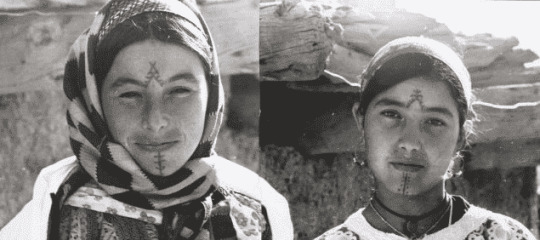
via Morocco World News
The traditional Amazigh face tattoos are a social phenomenon that was an integral part of the their traditions. Customarily, women would tattoo their bodies for beauty, health and protection. The markings, tattooed on Amazigh girls beginning at a young age, acted as a rite of passage. After an Amazigh girl was tattooed, she became a woman with the potential of motherhood.
It punctuated the lives of individuals and commemorated the most important episodes in the lives of men and women and their community. The Berber face tattoo anchored beliefs and the pagan rites of the past in their customs. In North Africa, the tradition of tattooing dates to pre-Islamic times, and Amazigh populations across Morocco have practiced it consistently since then.
How the face tattoo was made differs from place to place. The most common was to cut the skin with a blade (healing tattoos usually used a knife) or a needle then rub with the kohl ash. In the spring, wheat shoots are picked, chewed and then crushed to extract a green juice. This juice is spread onto the tattoo to help it heal and that is how the tattoos become green in colour.
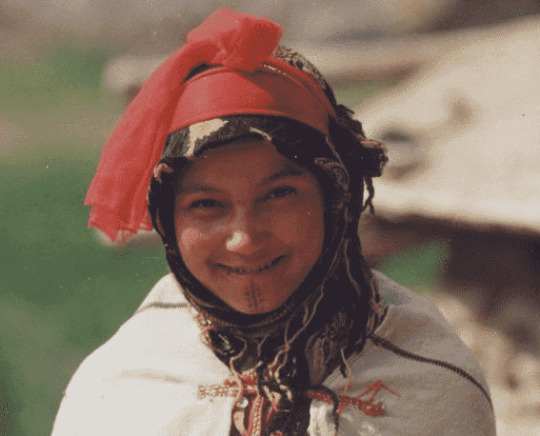
Tattoos followed Amazigh women throughout their lives. The first facial tattoo is called the “siyala” and is placed on the chin for fertility. At an early age, women also applied tattoos to protect from death and disease. Along with important milestones, such as with the onset of puberty or for fertility, women received more tattoos. Tattoos were also used to convey one’s social or marital status and portray beauty. Later in life, if a woman’s social status changed, her tattoos would evolve with them. If a woman was widowed, she may have a tattoo from one ear to the other, symbolizing the beard of her dead husband.
Many tattoo symbols have relationships with vegetation. The palm tree is a common facial tattoo, drawn as a straight line surrounded by dots that represent seeds. It is placed between the bottom lip and chin of a woman as a “siyala.” The tattoo correlates with the Carthaginian goddess Tanit, who is the fertility, war, and lunar goddess to the Amazigh people. The tattoo is regarded as one of the most beautiful symbols a woman could have on her face.
Tattoos relating to the animal world are correlated with female sexuality. Additionally, tattoos with diamond shapes, such as the eye or flower, were seen as a source of protection against evil spirits. One of the most important facets of the designs was the way they connected women as they were passed from mother to daughter and between generations.
However, when asked about the purpose of their tattoos in interviews, many tattooed women and their family members insist that the purpose was solely decoration and to make them beautiful.
Amazigh women with tattoos today were born in a time when tattoos were highly encouraged, celebrated, and an integral part of their lives. Within their lifetimes, the women witnessed an unexpected transformation within Morocco and North Africa, where their tattoos, which once made them sought after, became a source of shame. This could be for a few reasons; society post Arabo-Islamic culture, women tattooed at a young age felt that it was not their choice and lacked cultural understanding, and so did not pass it down to their daughters, and finally due to the taboos of modern Islam, women need to remove their tattoos before going to Mecca for pilgrimage and French colonial occupation are some factors.
The role of tattoos began to shift at the beginning of the 20th century with the French occupation of Morocco. For some Amazigh women, the occupation encouraged them to get tattoos, since they believed that the tattoos could protect them from rape. During the time of the French colonization, women used tattoos to show their independence and exert freedom. The tattoos were also used to inspire Moroccan men to work harder. The French established brothels around Morocco and abducted Amazigh women from rural regions to work as prostitutes in these brothels. Since many of the Amazigh women had tattoos, a relationship grew between prostitution and facial tattoos. Slowly, Moroccan society began to judge women with facial tattoos, associating them with prostitution.
Most Amazigh had adopted the Islamic religion for over a millennium, so the practice of tattooing was reduced a long time ago because it’s against the ethics and Muslim orthodoxy as Islam forbids tattooing, even though it’s not mentioned in the Quran. The interpretation and the prohibition of tattooing or any other modification of the body is passed on by the hadith, which are stories from the Prophet and are a major source of guidance for Muslims. As of writing this, the tattooed elderly Amazigh women of today are the last generation to have taken part in the tradition.
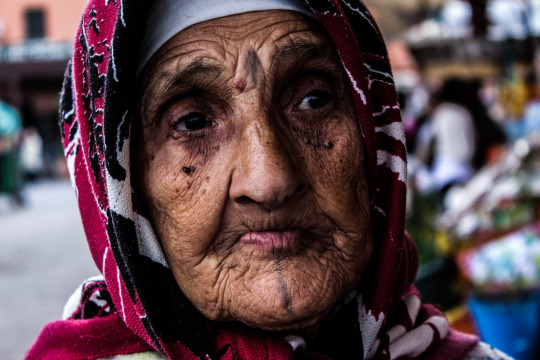
Despite the prohibitions, the practice of tattooing lasted commonly until the 60s, and still nowadays is practiced in some areas where the culture is still conserved, especially in the desert and Atlas Mountains. In most areas however, henna is used as a non permanent alternative. In regions where city standards are struggling to be adopted, the nomads, and the semi-nomad are living in harsh conditions and roaming the country according to the harvests, water and pasture. Here is where this Amazigh ancestral tradition of face tattoos continues.
I came across this rabbit hole while researching traditional Moroccan fashion, and found it fascinating. This is a perfect opportunity to add depth to my character and more insight into the backstory of my character without writing a thing about it in the book.
References
Brumfitt, L. (2022). Berber Face Tattoos - why they’ve been reduced to a memory? [online] Tiziri Camp. Available at: https://www.tiziricamp.com/berber-face-tattoos-why-theyve-been-reduced-to-a-memory/.
McCabe, C. (2019). The Disappearing Tradition of Amazigh Facial and Body Tattoos. [online] https://www.moroccoworldnews.com/. Available at: https://www.moroccoworldnews.com/2019/04/269903/tradition-amazigh-facial-tattoos.
4 notes
·
View notes
